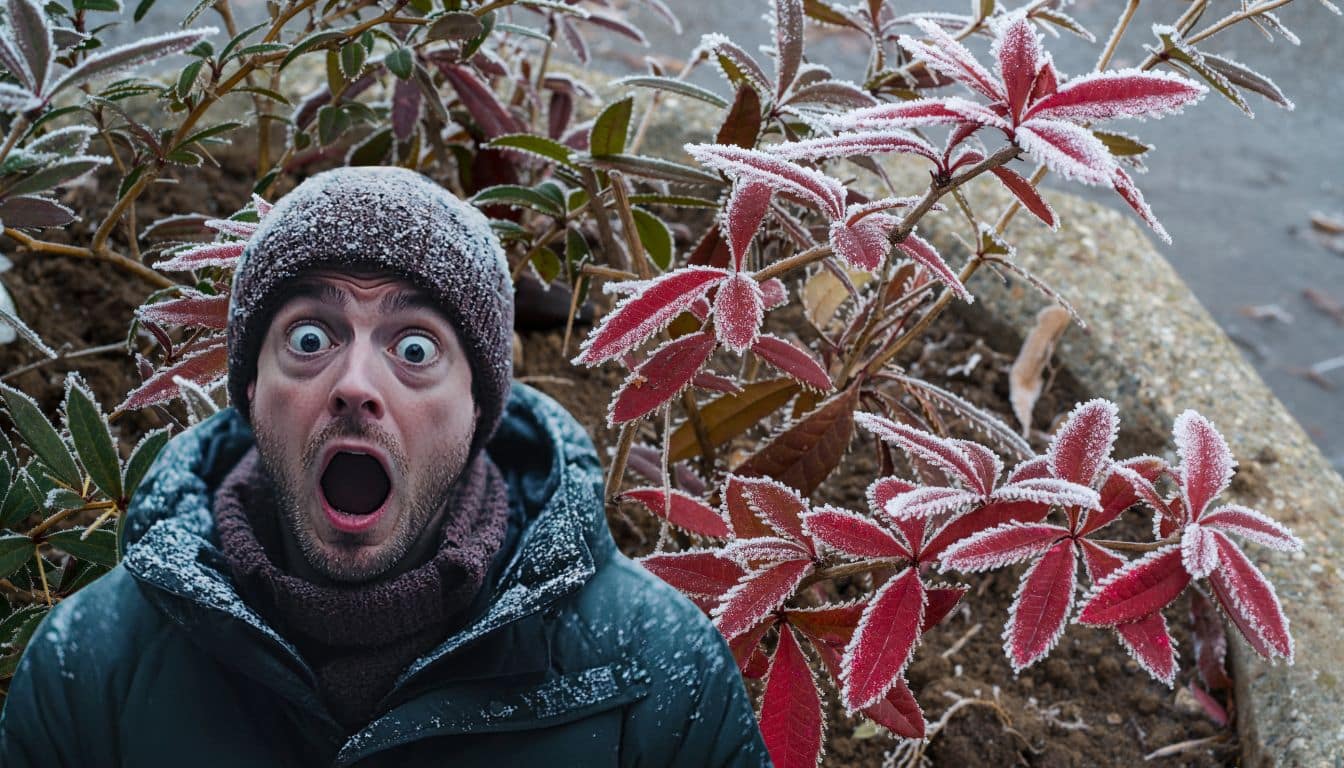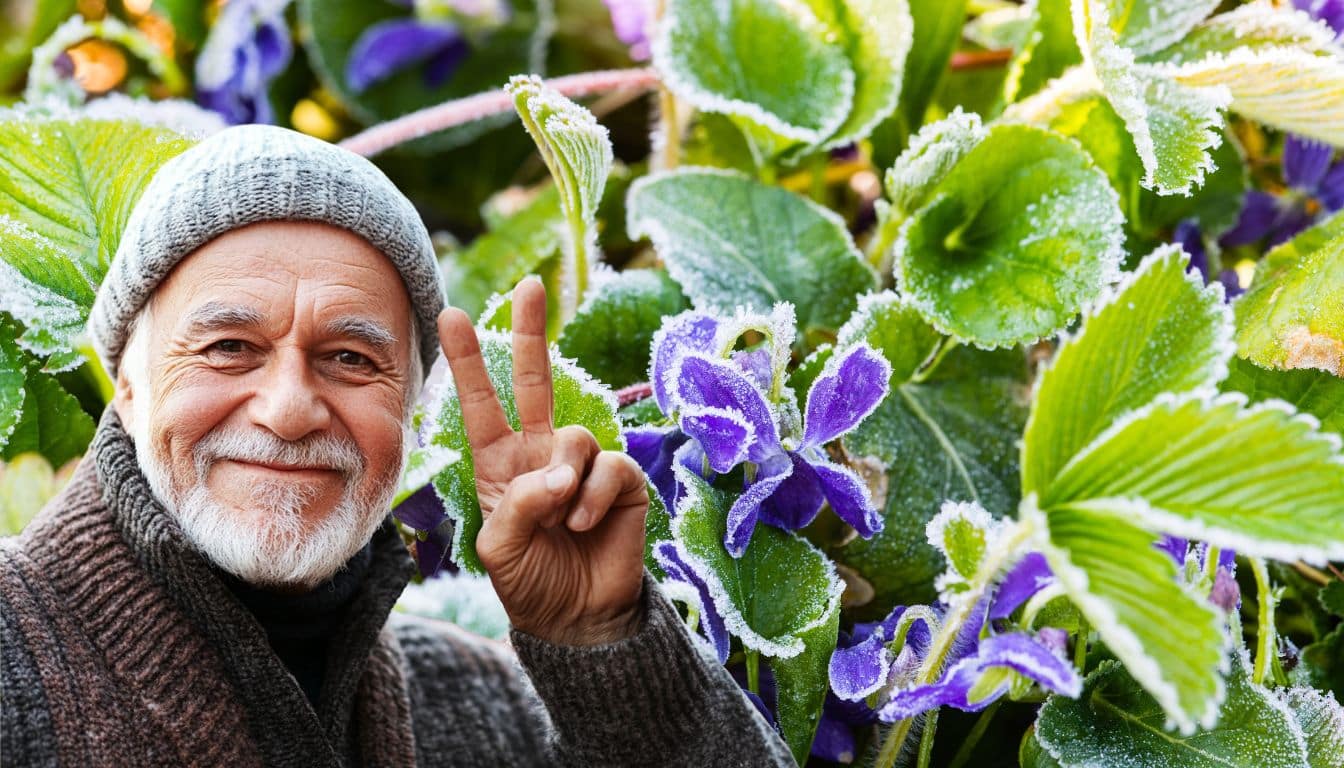In the cold season, your beautiful garden can turn into a field of challenges due to the whether. It’s easy to make mistakes that can damage yours plant and yours soil.
By continuing to read, you will discover the fundamental tips for preserving your green corner and ensuring that it returns to full health when spring arrives. Are you ready to turn these challenges into opportunities?
Do not water plants during frost
Maybe you hadn’t thought about it, but water plants when the temperature drops below zero is dangerous.
Water can form crystals that damage plant tissue and rootscausing one water stress and potentially the death of the plant.
If you really have to water, make sure you do it the day before frost.
Avoid handling or pruning frozen plants
The glycerine on the leaves is deceptive. When the plant they are frozen, their tissues become fragile and vulnerable.
By touching them, you risk break these delicate surfaces. Wait for the frost to fade and act only when the temperature is above freezing.
Don’t step on the frozen lawn
The lawn, much more fragile during the whetherit can show the signs of your steps in the form of yellow spots or brown ones that will take time to regenerate.
If crossing the garden is essential, consider using tables temporary to distribute the weight.
Do not violently shake branches from frost
The plants covered with whether they are fragile. If you get the idea of shaking the branches of trees and shrubs, know that this could compromise their future growth, especially of buds.
Prefer one gentle removal of excess snow, perhaps with a hall.
Do not leave potted plants unprotected
The potted plants are particularly exposed to the damage of whether because their roots do not receive the protection of the soil. Group pots in one area protected or wrap them with a material insulating to prevent the cold from damaging them.
Don’t ignore irrigation systems
Water freezing inside pipes can causeexplosion of the same, requiring expensive repairs. Drain pipes and take outdoor systems under cover before frost takes its course.
Avoid using salt near plantings
When the roads are icy it is natural to think about sale. But this element can burn the roots and alter the soil. Look for alternatives like sand or wood ash.
Do not cover plants directly with plastic
Using plastic to protect plants may seem like a good idea, but in reality retains moisture and offers no real protection. Opt for the non-woven fabricwhich allows plants to breathe.
Be careful of indoor plants near windows
The indoor plants near glass they can be affected by the intense cold. Move them or consider using a tent to prevent the cold from damaging them leaves.
Avoid planting or moving vegetables during frost
When the soil is hardened from frost, planting and moving operations can damage the roots. Use this time to plan new projects gardening and enrich your knowledge.
By adopting these precautions, you are on your way to preserving the beauty and health of your garden even during the colder months.







